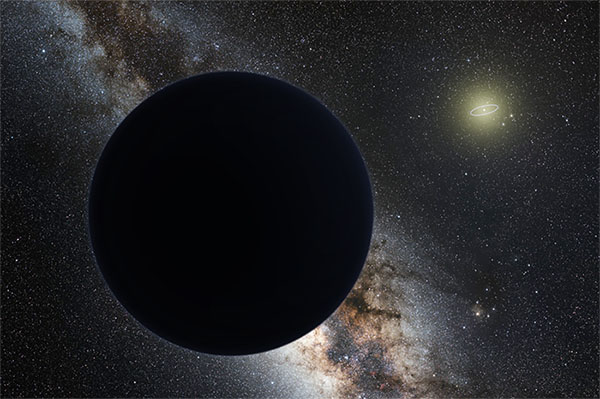

Planet Nine is a hypothetical ninth planet in the outer region of the Solar System. Its gravitational effects could explain the peculiar clustering of orbits for a group of extreme trans-Neptunian objects (ETNOs), bodies beyond Neptune that orbit the Sun at distances averaging more than 250 times that of the Earth. These ETNOs tend to make their closest approaches to the Sun in one sector, and their orbits are similarly tilted.
These alignments suggest that an undiscovered planet may be shepherding the orbits of the most distant known Solar System objects.
Nonetheless, some astronomers question this conclusion and instead assert that the clustering of the ETNOs' orbits is due to observational biases, resulting from the difficulty of discovering and tracking these objects during much of the year.
Based on earlier considerations, this hypothetical super-Earth-sized planet would have had a predicted mass of five to ten times that of the Earth, and an elongated orbit 400 to 800 times farther from the Sun than the Earth is.
The orbit estimation was refined in 2021, resulting in a somewhat smaller semimajor axis of 380+140 −80 AU. This was shortly thereafter updated to 460 +160 −100 AU.
Konstantin Batygin and Michael Brown suggested that Planet Nine may be the core of a giant planet that was ejected from its original orbit by Jupiter during the genesis of the Solar System. Others proposed that the planet was captured from another star, was once a rogue planet, or that it formed on a distant orbit and was pulled into an eccentric orbit by a passing star.
Although sky surveys such as Wide-field Infrared Survey Explorer (WISE) and Pan-STARRS did not detect Planet Nine, they have not ruled out the existence of a Neptune-diameter object in the outer Solar System.
The ability of these past sky surveys to detect Planet Nine was dependent on its location and characteristics. Further surveys of the remaining regions are ongoing using NEOWISE and the 8-meter Subaru Telescope.
Unless Planet Nine is observed, its existence remains purely conjectural. Several alternative hypotheses have been proposed to explain the observed clustering of trans-Neptunian objects (TNOs). Read more
New evidence found for Planet 9 PhysOrg - April 24, 2024

n 2015, a pair of astronomers at Caltech found several objects bunched together beyond Neptune's orbit, near the edge of the solar system. The bunching, they theorized, was due to the pull of gravity from an unknown planet - one that later came to be called Planet 9.Since that time, researchers have found more evidence of the planet, all of it circumstantial. In this new paper, the research team reports what they describe as additional evidence supporting the existence of the planet.
There's one last place Planet Nine (also called Planet X) - a hypothetical planet that potentially orbits in the outer reaches of the solar system and well beyond the orbit of the dwarf planet, Pluto - could be hiding PhysOrg - February 20, 2024
The goal of this study, which is available on the pre-print server arXiv, was to narrow down the possible locations of Planet Nine and holds the potential to help researchers better understand the makeup of our solar system, along with its formation and evolutionary processes.
Hubble Discovers a Strange Exoplanet That Resembles the Long-Sought 'Planet Nine' SciTech Daily- December 11, 2020
The goal of this study, which is available on the pre-print server arXiv, was to narrow down the possible locations of Planet Nine and holds the potential to help researchers better understand the makeup of our solar system, along with its formation and evolutionary processes. So, what was the motivation behind this study regarding narrowing down the location of a potential Planet 9?
Elusive 'Planet Nine' thought to be lurking in the outer solar system may actually be a grapefruit-sized black hole - and a new telescope will help astronomers confirm the theory Daily Mail - July 13, 2020
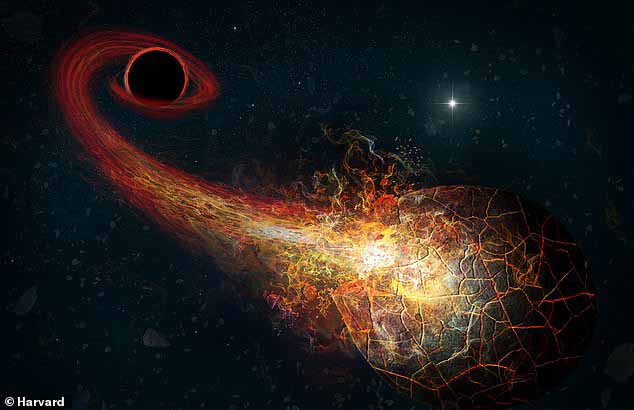
Researchers from Harvard University and the Black Hole Initiative believe a new 'wide field' telescope being built in Chile could confirm the true nature of 'Planet Nine'. Known as the Vera C. Rubin Observatory, it will be able to scan large swathes of the southern sky repeatedly - giving astronomers a wealth of data on the universe. It will carry out a Legacy Survey of Space and Time (LSST) when it comes online in 2022 in a bid to hunt for accretion flares given off around black holes.
Scientists propose plan to determine if Planet Nine is a primordial black hole Science Daily - July 12, 2020
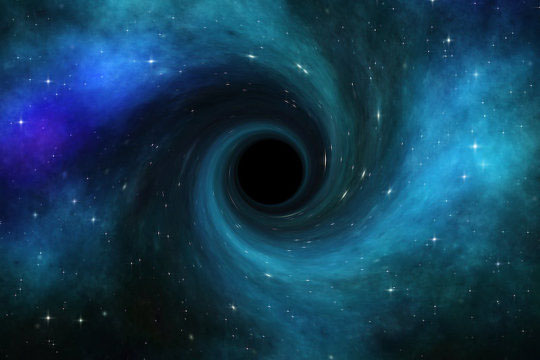
Scientists at Harvard University and the Black Hole Initiative (BHI) have developed a new method to find black holes in the outer solar system, and along with it, determine once-and-for-all the true nature of the hypothesized Planet Nine. The paper, accepted to The Astrophysical Journal Letters, highlights the ability of the future Legacy Survey of Space and Time (LSST) mission to observe accretion flares, the presence of which could prove or rule out Planet Nine as a black hole.
Many Astronomers Now Think Planet Nine Might Not Exist After All, Here's Why Science Daily - May 26, 2020
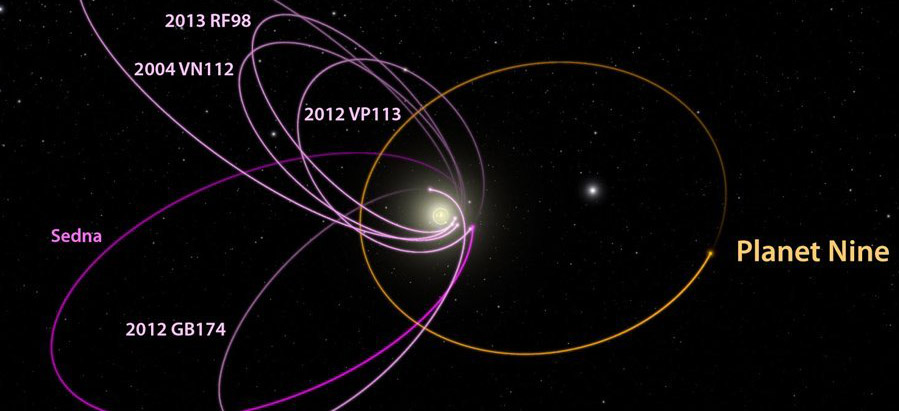
Scientists at Harvard University and the Black Hole Initiative (BHI) have developed a new method to find black holes in the outer solar system, and along with it, determine once-and-for-all the true nature of the hypothesized Planet Nine. The paper, accepted to The Astrophysical Journal Letters, highlights the ability of the future Legacy Survey of Space and Time (LSST) mission to observe accretion flares, the presence of which could prove or rule out Planet Nine as a black hole.
Hypothetical Planet X NASA - December 19, 2019

Caltech researchers have found mathematical evidence suggesting there may be a "Planet X" deep in the solar system. This hypothetical Neptune-sized planet orbits our Sun in a highly elongated orbit far beyond Pluto. The object, which the researchers have nicknamed "Planet Nine," could have a mass about 10 times that of Earth and orbit about 20 times farther from the Sun on average than Neptune. It may take between 10,000 and 20,000 Earth years to make one full orbit around the Sun.
The announcement does not mean there is a new planet in our solar system. The existence of this distant world is only theoretical at this point and no direct observation of the object nicknamed "Planet 9" have been made. The mathematical prediction of a planet could explain the unique orbits of some smaller objects in the Kuiper Belt, a distant region of icy debris that extends far beyond the orbit of Neptune. Astronomers are now searching for the predicted planet.
Have astronomers finally found Planet Nine? Four candidates for the mysterious world are located Daily Mail - April 3, 2017
It has captured the imagination of astronomers and sci-fi fans alike, and could turn out to be a real rogue world. And now researchers believe they may have narrowed down the search for the elusive . Astronomers are investigating four unknown objects that could be candidates for a new planet in our solar system.
Planet Nine is a hypothetical large planet in the far outer Solar System, the gravitational effects of which would explain the improbable orbital configuration of a group of trans-Neptunian objects (TNOs) that orbit mostly beyond the Kuiper belt.
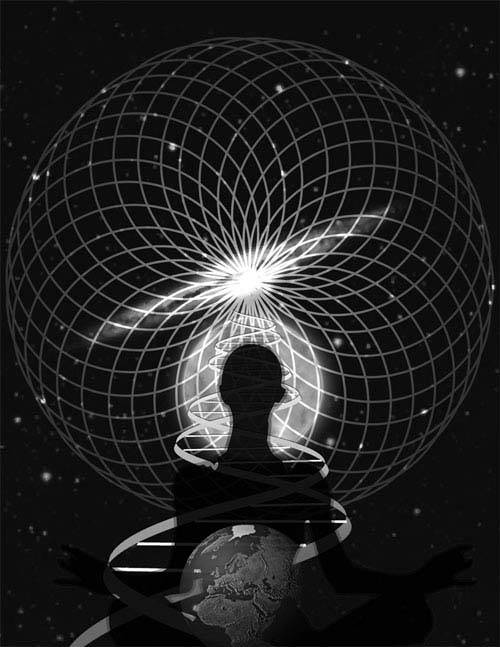
Simulation Hypothesis - Creation Through a Black Hole